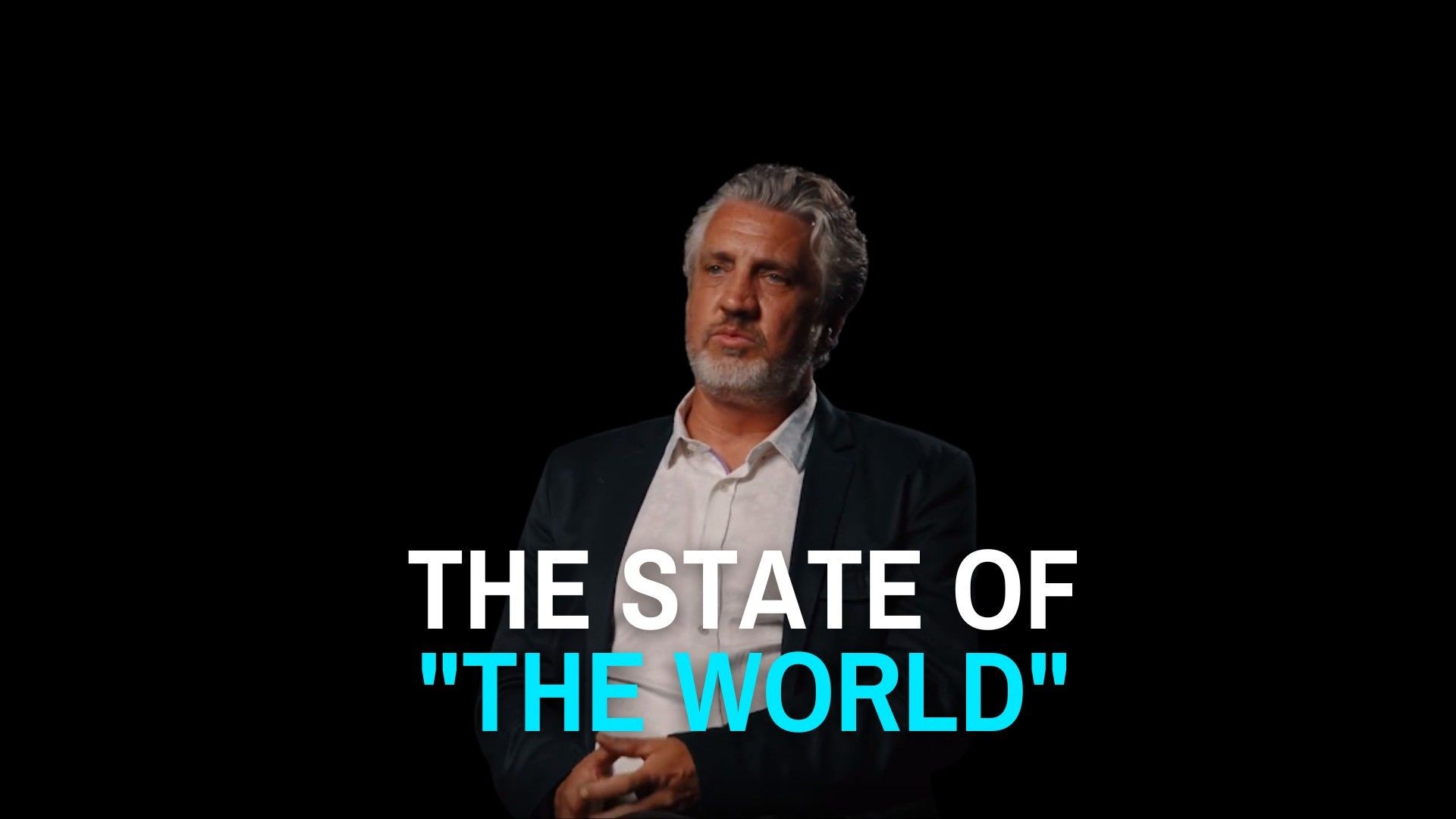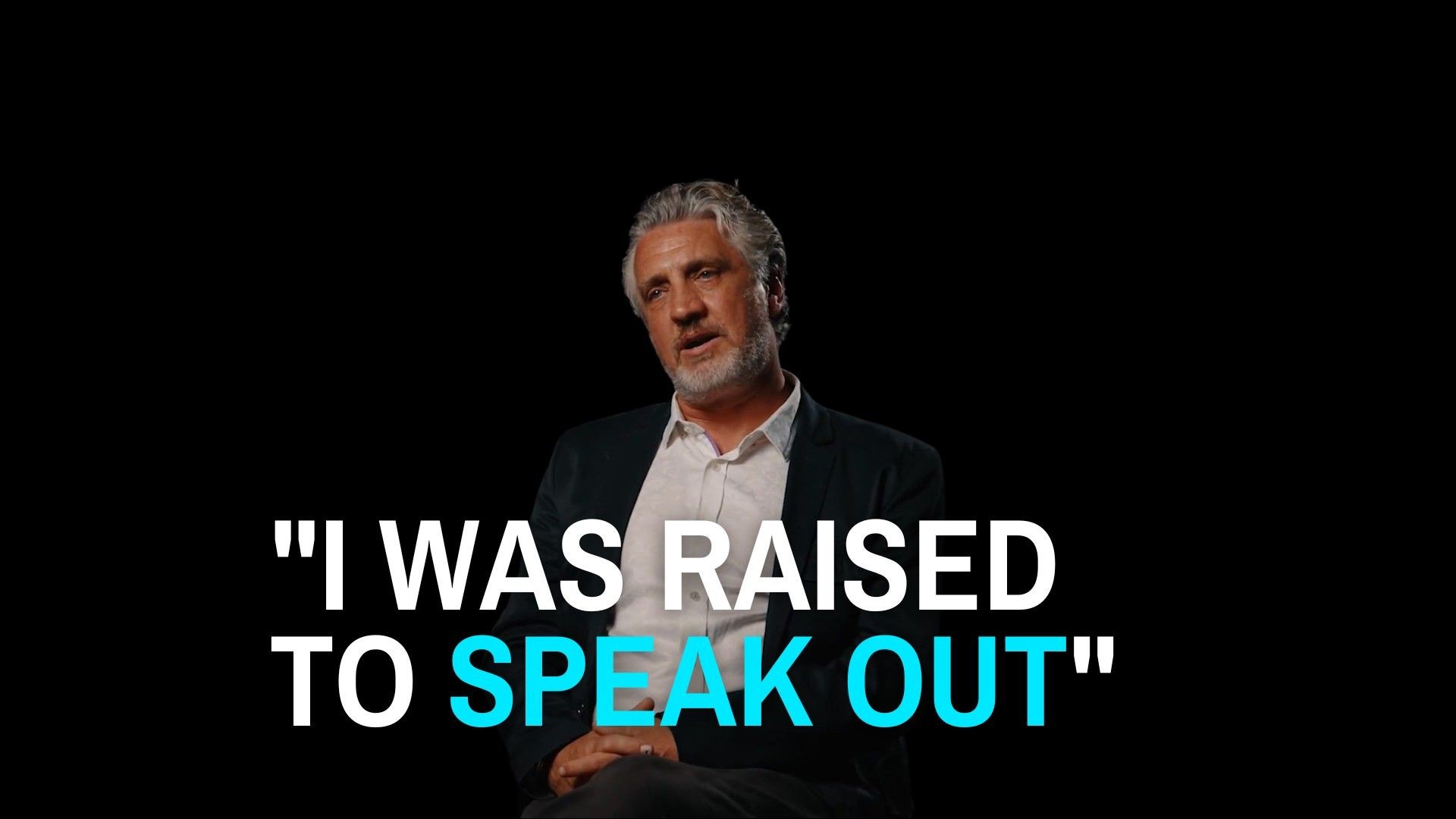66 Views· 01/05/23· Alternative Medicine
Factors in infection risk "The More Covid Vaccines They Had, The More Infections They Got"
Dr John Campbell explains: The risk of COVID-19 also varied by the number of COVID-19 vaccine doses previously received. The higher the number of vaccines previously received, the higher the risk of covid infection.Download free high-res PDFs of the posters, download free copies of my two text books. Any donations using this link help the work of campbell teaching.https://drjohncampbell.co.uk/Order a hard copy Physiology book in the UK,https://www.ebay.co.uk/itm/154973392319?mkcid=16&mkevt=1&mkrid=711-127632-2357-0&ssspo=K6raxMZrQnm&sssrc=2349624&ssuid=K6raxMZrQnm&var=&widget_ver=artemis&media=MOREVaccine doses versus risk of covid during the 3-month study periodOne dose, 1.7 times more likely to test positive for covidTwo doses, 2.63 times more likely to test positive for covidThree doses, 3.1 times more likely to test positive for covidMore than three doses, 3.8 times more likely to test positive for covidSo compared to the unvaccinated1, x 1.72, x 2.363, x 3.14, x 3.38P = 0.001 means 999 out of 1,000 likely to be a genuine resultThat 99.9% likely to be a genuine resultEffectiveness of the Coronavirus Disease 2019 (COVID-19) Bivalent Vaccinehttps://www.medrxiv.org/conten....t/10.1101/2022.12.17 2020(published in 2021)Evidence that vaccines prevented covid infectionhttps://www.medrxiv.org/conten....t/10.1101/2021.06.02 was when the human population had just encountered the novel Severe Acute Respiratory Syndrome Coronavirus 2 (SARS-CoV-2) virusThings Have Changed (Dylan)Bivalent antigensOriginal vaccine and BA.4/BA.5 lineages of Omicron.(Approved without demonstration of effectiveness in human clinical studies)(Approved without demonstration of safety in human clinical studies)BackgroundTo evaluate whether a bivalent COVID-19 vaccine protects against COVID-19.MethodsEmployees of Cleveland Clinic, n = 51,011Cumulative incidence of COVID-19 was examined over the following weeks. Protection provided by recent and prior vaccination was evaluatedFirst bivalents given, 12 September 2022Three-month studyResultsAmong 51,011 employees, 20,689 (41%) had had a previous documented episode of COVID-19, 42,064 (83%) had received at least two doses of a vaccine. 10,804 (21%) were bivalent vaccine boostedCOVID-19 occurred in 2,452 (5%) during the study. (Pfizer 89%, Moderna 11%)Risk of COVID-19 increased with time since the most recent prior COVID-19 episodeRisk of COVID-19 increased with the number of vaccine doses previously received. Note, this is based on large numbersDoses, 0 = 6,419 (12.6%)Doses, 1 = 2,528 (5%)Doses, 2 = 14,810 (45.9%)Doses, 3 = 23,396 (45.9%)Doses 4, 3,757 (7.4%)Doses 5, 85 (less than1%)Doses 6, 16 (less than 1%)The bivalent vaccinated stateWas independently associated with lower risk of COVID-19 (HR, 0.70)(over the 3 months of the study)Leading to an estimated vaccine effectiveness (VE) of 30%CDCs latest variant datahttps://covid.cdc.gov/covid-da....ta-tracker/#variant- Have Changed (Dylan)




















0 Comments